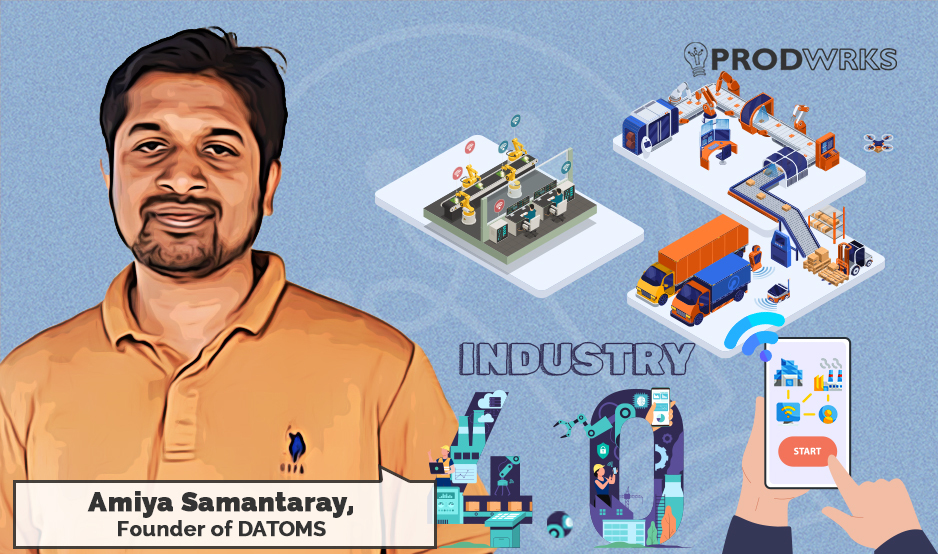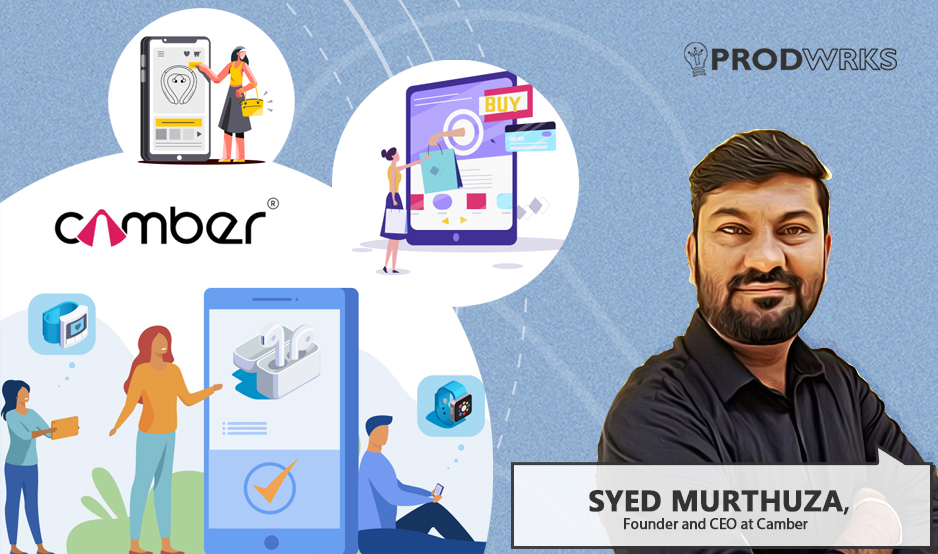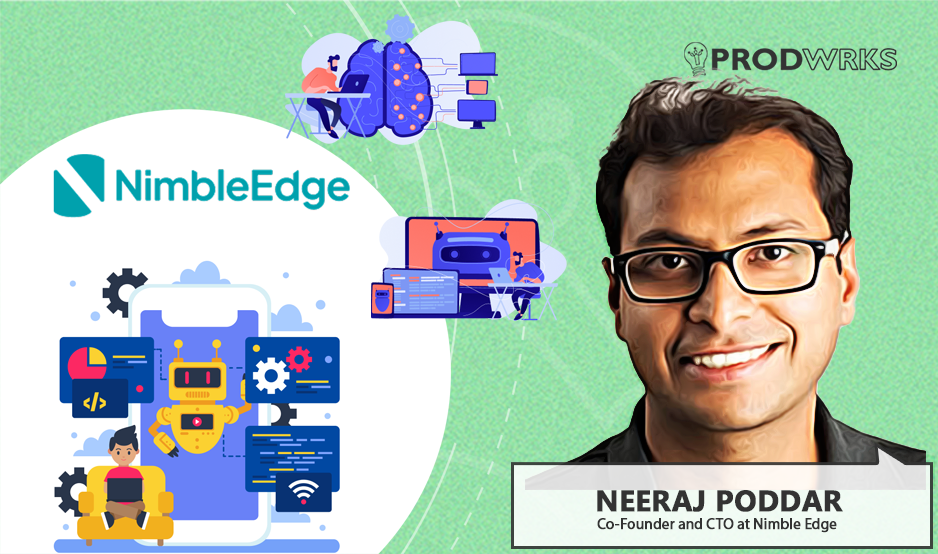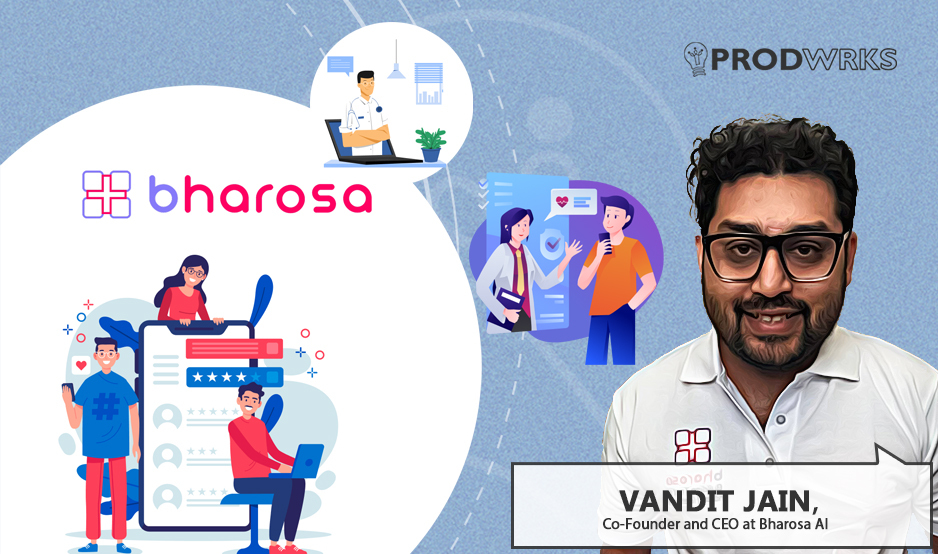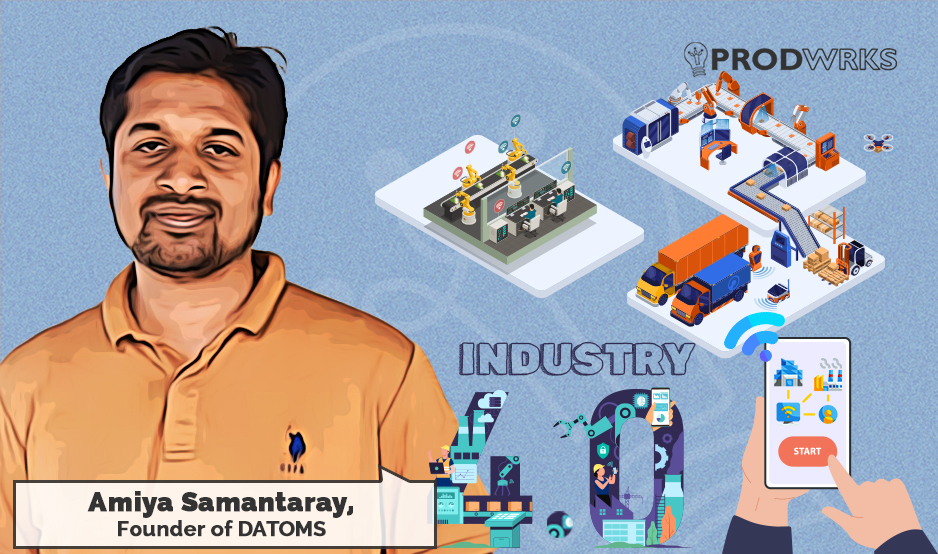
Have you ever wondered how large enterprises manage their network of geographically distributed machines? Take the machinery operating the ONGC gas wells at Bokaro in India, for example. There are 50+ gas wells scattered across hundreds of square kilometres in Bokaro, yet the equipment in these sites is operated and managed from a centralized control centre.

The tech behind the seamless operation of these distributed machine networks is powered by the trifecta of IoT sensors + cloud computing + data analytics. At the heart of this technological convergence is DATOMS, a burgeoning deep-tech Industrial IoT (IIoT) startup founded by Amiya Samantaray in 2021.
DATOMS is on a mission to simplify remote operation and management of geographically distributed industrial equipment. They help industries bring transparency to business operations by setting up end-to-end IIoT solutions across their machine fleet. These IIoT solutions transmit telemetry data into the DATOMS platform, which deciphers machine data into actionable insights for service managers.
With offices in Bhubaneswar and Bangalore, DATOMS serves 200+ clients globally, including Indian giants like ONGC, Mahindra & Mahindra, and Tata Motors. They recently raised $1.2 million in a pre-Series A round.
In an exclusive interaction with Team ProdWrks, DATOMS’ founder and CEO, Amiya Samantaray, predicts that the increase in OpEx spending is triggering businesses to rent or lease machines from companies offering equipment-as-a-service (EaaS) rather than buying or owning the assets outright.
Amiya intends to position DATOMS at the centre of this paradigm shift by offering digital IIoT solutions for manufacturers and equipment leasing businesses to manage their geographically distributed machines better.
Before diving deeper into DATOMS, let’s look at Amiya’s product and entrepreneurial journey.
Building Deep-Tech Startups From Orissa
"The balloon satellite project gave me the confidence that we can build a deep tech company from Orissa. I wanted to build a product company to compete with China," says Amiya.
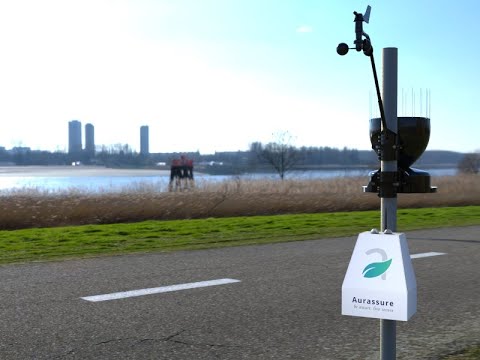
Amiya says, "Aurassure gives frameworks for large corporations and cities to adopt data-driven strategies to access and mitigate the problem of climate change in a hyperlocal environment. Our environmental monitoring solutions are deployed in 20+ smart cities, giving decision-makers actionable insights for planning better disaster response, pollution management, and sustainable infrastructure development."
Pivoting From Aurassure to DATOMS
"No one else was ready to travel as it was the pandemic. That moment stuck in my mind, highlighting the plight of service engineers who are critical to managing distributed equipment and machines. They have to attend service calls even at midnight and don't lead a good life."
"With a connected ecosystem enabled by DATOMS, we can centralize all data from any equipment in a distributed machine ecosystem. You can predict when something will fail or if it needs maintenance, and you can manage all machine operations from a mobile phone if needed."
How Does DATOMS Work?

"The DATOMS platform is very generic in nature. It can be connected and tailored to any machine for any sector, be it warehousing, construction, telecom, agriculture, EVs, charging stations, etc. You can create any workflow to simplify operations. The applications are extensive. Our solutions help businesses simplify infra operations involving machines, people and processes."
One example of DATOMS simplifying distributed operations is SELCO, a company supporting farmers with decentralized micro cold storage units in multiple locations in rural India. DATOMS has converted SELCO’s cold storage units into connected cold storage with their IIoT platform. It enables real-time monitoring of critical parameters such as temperature, humidity, compressor status, storage quantity, etc.
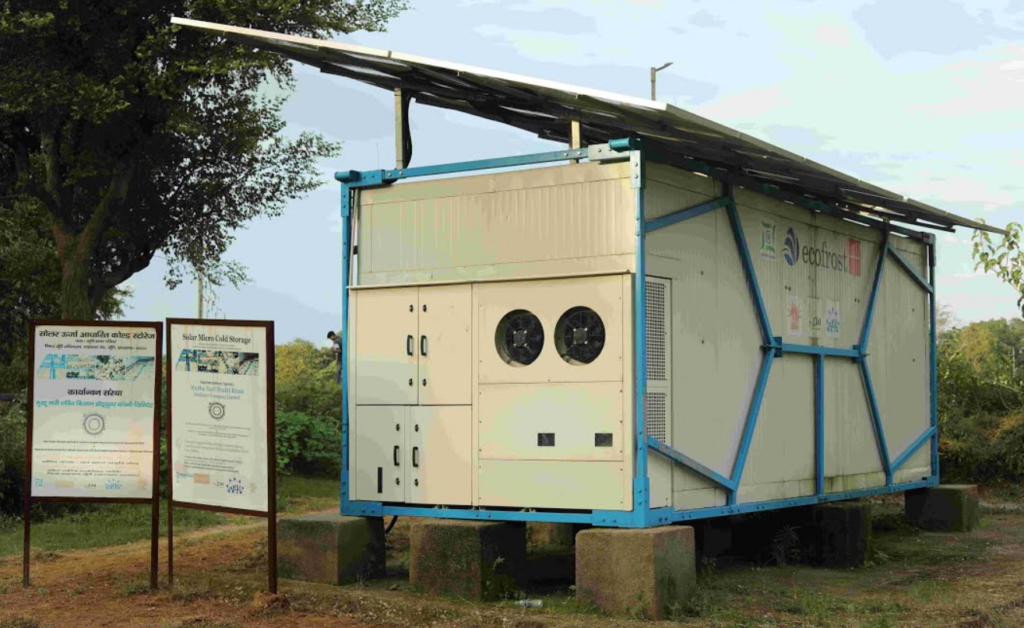
"If there is any discrepancy in the data, the system automatically raises a ticket to the service manager responsible for that particular site so that it can be addressed instantly. With this real-time data monitoring and alert system, DATOMS enables Selco to minimize downtime and ensure the preservation of agricultural produce."
Design Thinking in Digital Industrial Products
Amiya says, "We have seen very crappy interfaces for industrial products in the market. We must understand that the same user who is accustomed to using Zomato or Uber, which have great interfaces, will also use industrial solutions. So, industrial solutions must also be elegant and as easy to use as consumer products like Zomato or Uber."
"We think the best interface is to have no interface at all. Anyone using DATOMS should be able to understand and use it in 5 minutes. Our platform should be scalable or saleable by any OEM dealer or distributor in just 5 minutes."
"With the DATOMS platform, the operator can remotely diagnose and manage distributed machine operations from any part of the world in the same way they would interact with the actual machine."
Evolution of Industrial IoT Landscape

"The Indian business mindset is cost-conscious when it comes to technology investments because you must wait at least 12 to 18 months to see the ROI. But the pandemic prompted a need for remote monitoring and management. Today, I see a 50-60% improvement in awareness level when it comes to strategic investments in Industry 4.0 technologies like IoTs."

“Traditionally, businesses focussed on Capital Expenditure (CapEx), investing in purchasing and owning assets such as machinery, equipment, or infrastructure. But there is now a noticeable trend towards an Operational Expenditure (OpEx) model in industries like construction and warehousing, in particular, which favour equipment leasing over heavy upfront investment.”
The Rise of Equipment-as-a-Service (EaaS)
We saw that in the OpEx model, equipment ownership has transformed into distributed ownership or distributed responsibility. So, the entire equation of machine management changes.
The three key stakeholders in this new OpEx era are:
1. The end users or businesses that are renting equipment from service providers.
2. The service providers or equipment leasing companies who own and rent out the equipment with an equipment-as-a-service business model.
3. Original Equipment Manufacturers (OEMs) and dealers who sell these connected machines to the service providers.
4. Insurance companies and financiers.
These stakeholders in the distributed equipment supply chain are looking for data from the same machines but for different purposes.
"For instance, the leasing companies that own the equipment will track machine health data to prevent breakdowns and maximize machine runtime and revenue generation. However, machine health is not the core focus of the company renting the machine from the leasing companies because they are more focussed on day-to-day utilization and efficiency data," Amiya explains.
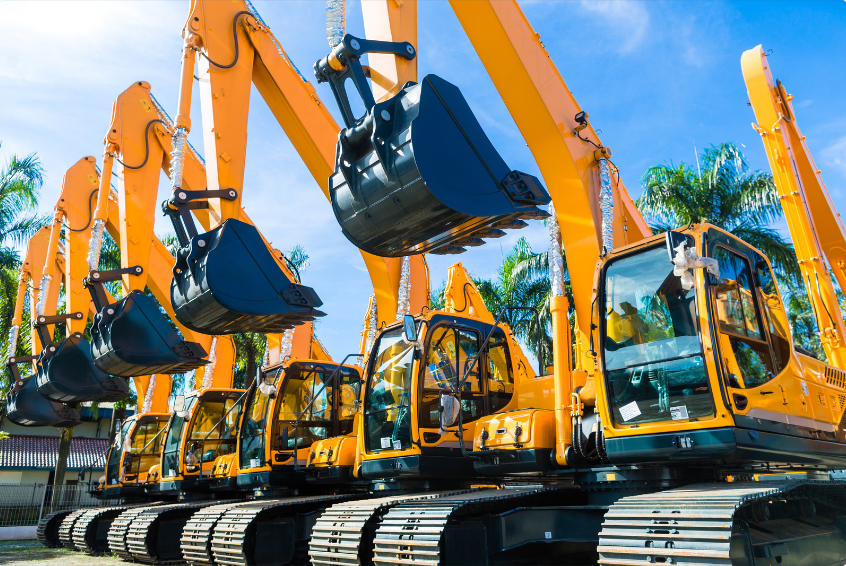
Ultimately, the OEMs are responsible for building a machine with IoT sensors and they needn a digital platform that can track and manage the data for each stakeholder’s requirements. Amiya believes this market gap will be the key for scaling DATOMS, as the platform can cater to the specific needs of the individual businesses in the EaaS ecosystem.
“Our primary customers are the OEMs who are making the machines. The IoT-ready DATOMS SaaS platform offers readymade solutions to turn any OEM machine into a smart product. The OEMs can cater to the data requirements of the entire distributed machine ecosystem from day one. They don't need to spend millions building a big team to create a connected IoT product. You can just plug and play DATOMS."
Data + Atoms = DATOMS
Data is the keyword of this story. We’ve seen that it is creating new opportunities and challenges in the connected machine ecosystem. The need of the hour is solutions that can efficiently manage data sharing among different stakeholders involved in the shared usage of distributed assets.
This is where DATOMS excels by facilitating the shared usage of machine data and helping independent business entities in different domains to function together in the new EaaS ecosystem.
Amiya concludes by saying that data will be the building block in this connected machine world, just like how atoms play a foundational role in the architecture of the universe.
"The future of the world is going to be data-driven. If we are to build a connected machine universe for the next decade or the next century, data would be the building block. That's why we decided to call our company DATOMS. It's Data + Atoms."

